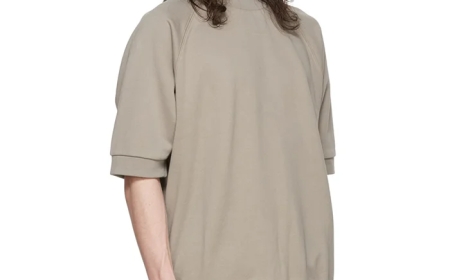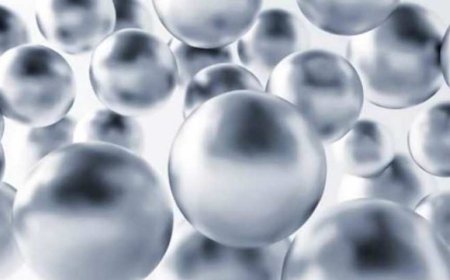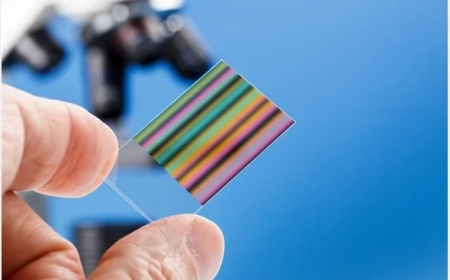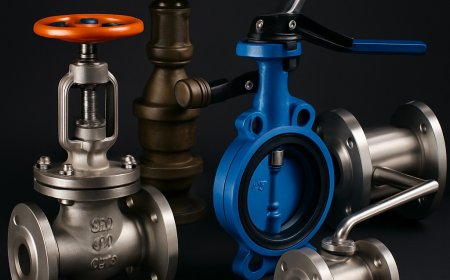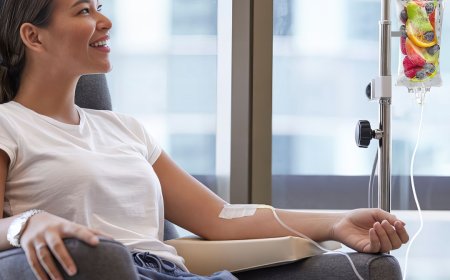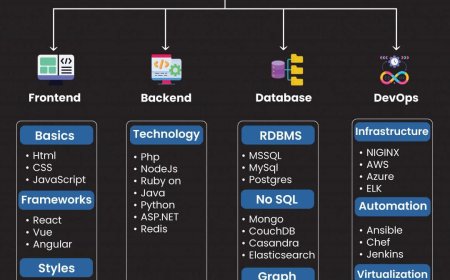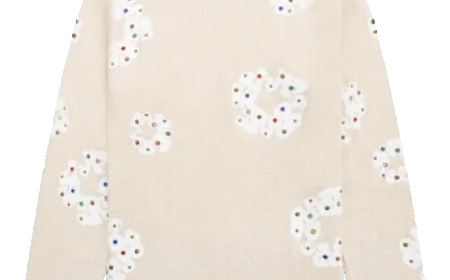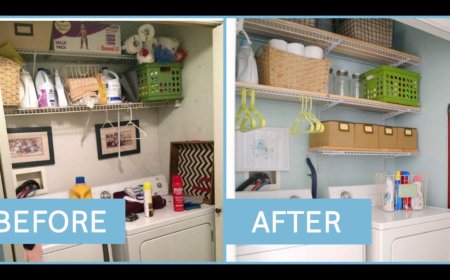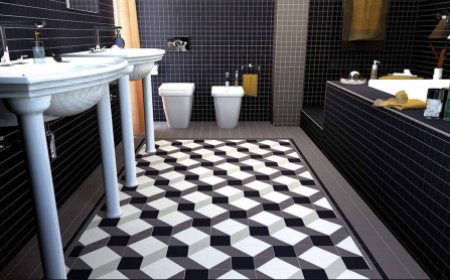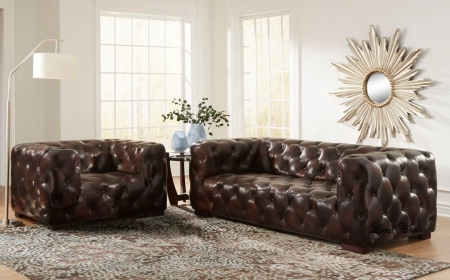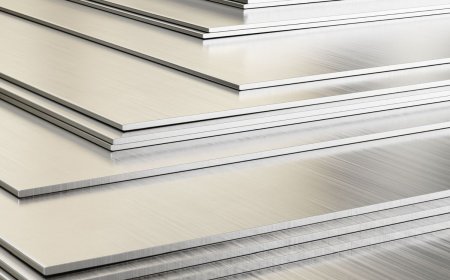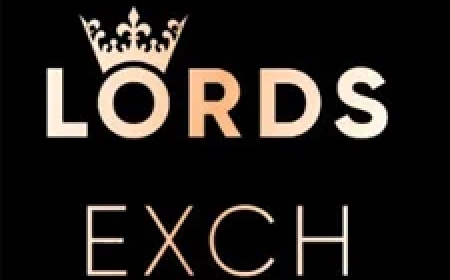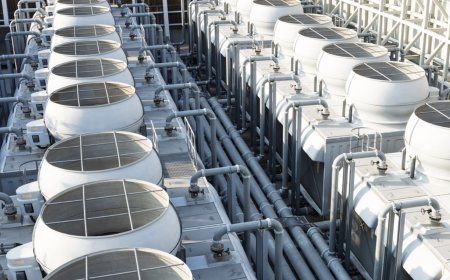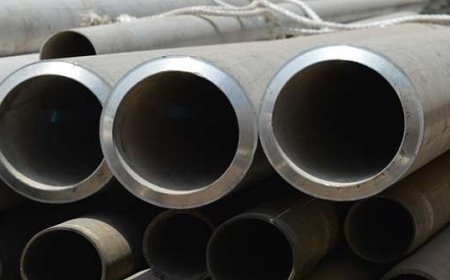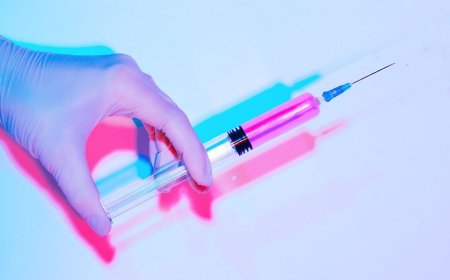Machine Embroidery Designs: The Complete Guide to Digital Stitching Mastery
Machine Embroidery Designs: The Complete Guide to Digital Stitching Mastery
Have you ever wondered how those intricate, perfectly stitched designs appear on clothing and home dcor items? The secret lies in machine embroidery designs digital patterns that transform ordinary fabrics into extraordinary works of art. Whether you're a beginner or seasoned crafter, understanding these designs is crucial for creating stunning embroidered pieces.
Understanding Machine Embroidery Designs
Machine embroidery designs are digital files containing instructions that tell your embroidery machine exactly where to place each stitch. These files include information about stitch types, colors, and sequence, creating precise patterns that would be nearly impossible to achieve by hand.
The Evolution of Machine Embroidery Designs
From Punch Cards to Digital Files
Early embroidery machines used punch cards with holes representing stitch positions. Today's machine embroidery designs are sophisticated digital files that can create incredibly detailed patterns with millions of stitches.
Modern Digitization Technology
Contemporary designs are created using specialized software that converts artwork into embroidery instructions. This digitization process requires skill and understanding of how fabric and thread interact.
Types of Machine Embroidery Designs
Fill Designs
These designs use dense stitching to completely fill areas with thread. They're perfect for creating solid blocks of color and are commonly used in logos and lettering.
Outline Designs
Outline patterns use single lines of stitching to create shapes and details. They're ideal for delicate work and use less thread than fill designs.
Appliqu Designs
Appliqu patterns combine fabric pieces with embroidery stitching. These machine embroidery designs create dimensional effects while using less thread than traditional fill work.
Combination Designs
Most modern patterns combine multiple techniques, using fills, outlines, and decorative stitches to create complex, visually appealing designs.
Design File Formats and Compatibility
Popular File Formats
Different embroidery machine brands use specific file formats. Common formats include PES (Brother), JEF (Janome), HUS (Husqvarna), DST (Tajima), and EXP (Melco).
Universal Formats
Some formats like DST work across multiple machine brands, making them popular for sharing designs between different users.
Conversion Software
Various software programs can convert machine embroidery designs between formats, though some detail may be lost in the conversion process.
Design Quality Factors
Stitch Density
Proper stitch density ensures designs look professional without being too heavy for the fabric. Quality machine embroidery designs balance coverage with fabric integrity.
Stitch Direction
Varying stitch directions creates texture and visual interest. Professional designs use strategic stitch direction changes to enhance the overall appearance.
Jump Stitches
Well-digitized designs minimize unnecessary jump stitches, reducing thread waste and trimming time during production.
Color Changes
Thoughtful color sequencing in machine embroidery designs reduces the number of thread changes needed, improving efficiency and reducing errors.
Choosing the Right Designs for Your Projects
Fabric Compatibility
Different fabrics require different design approaches. Lightweight fabrics need designs with lower stitch counts, while heavy fabrics can handle dense patterns.
Project Size Considerations
Design size affects both appearance and practicality. Small designs need fewer details to remain clear, while large designs can accommodate intricate elements.
Thread Selection
The choice of thread type and color dramatically impacts the final result. Quality threads produce better results and last longer than cheaper alternatives.
Where to Find Quality Machine Embroidery Designs
Commercial Design Sites
Professional design websites offer high-quality patterns created by skilled digitizers. These sites often categorize designs by theme, making selection easier.
Designer Collections
Many talented digitizers sell their work through personal websites or online marketplaces. Following favorite designers ensures you get new releases quickly.
Embroidery Software Packages
Most embroidery software includes design collections. These built-in patterns are professionally created and guaranteed to work well with the software.
Membership Sites
Subscription services provide access to extensive libraries of machine embroidery designs for a monthly or yearly fee. These sites often offer exclusive patterns and regular updates.
Design Customization and Editing
Size Adjustments
Most designs can be resized within reasonable limits. However, extreme size changes may affect stitch quality and require professional re-digitization.
Color Modifications
Changing thread colors is usually straightforward and doesn't affect the design's structure. Experiment with different color combinations to personalize your projects.
Combining Designs
Advanced users can combine multiple machine embroidery designs to create unique patterns. This technique requires understanding of design placement and hoop limitations.
Text Addition
Adding text to existing designs creates personalized items. Most embroidery software includes fonts and text tools for this purpose.
Software for Creating and Editing Designs
Professional Software
High-end programs like Wilcom, Pulse, and Tajima DG/ML offer comprehensive design creation and editing tools. These programs require significant investment and training.
Home-Use Software
Programs like Embird, PE-Design, and Hatch provide excellent capabilities for home embroiderers at more affordable prices.
Free Software Options
Several free programs offer basic design editing capabilities. While limited compared to professional software, they're excellent for beginners.
Design Testing and Optimization
Stitch-Out Testing
Always test new machine embroidery designs on similar fabric before starting your final project. This practice prevents costly mistakes and allows for adjustments.
Tension Adjustments
Different designs may require slight tension adjustments for optimal results. Keep notes on successful settings for future reference.
Stabilizer Selection
The right stabilizer is crucial for design success. Different patterns require different stabilizer types and weights for best results.
Common Design Problems and Solutions
Registration Issues
Poor design registration causes elements to appear misaligned. This problem often results from inadequate stabilization or hooping issues.
Thread Nesting
Excessive thread buildup on the fabric's underside indicates tension problems or incorrect stabilizer choice. Adjust settings or change materials to resolve this issue.
Design Distortion
Fabric movement during stitching causes design distortion. Proper hooping and stabilization prevent this common problem.
Creating Your Own Machine Embroidery Designs
Learning Digitization
Creating original designs requires understanding embroidery principles and software operation. Start with simple shapes and gradually progress to complex patterns.
Design Principles
Good designs consider fabric type, thread limitations, and machine capabilities. Understanding these factors helps create successful patterns.
Practice and Patience
Digitization skills develop over time. Practice with different design types and study successful patterns to improve your abilities.
Commercial Uses and Licensing
Business Applications
Machine embroidery designs enable various business opportunities, from custom apparel to home dcor items. Understanding licensing terms is crucial for commercial use.
Copyright Considerations
Respect copyright laws when using and sharing designs. Unauthorized copying or distribution can result in legal consequences.
Licensing Terms
Different designs have different licensing terms. Some allow unlimited commercial use, while others restrict usage to personal projects only.
Future Trends in Machine Embroidery Designs
3D Embroidery
Advanced techniques create three-dimensional effects using specialized threads and stitching methods. These designs push the boundaries of traditional embroidery.
Smart Integration
Some newer machines connect to the internet, allowing direct download of machine embroidery designs and automatic updates.
Sustainable Practices
Eco-friendly threads and sustainable design practices are becoming increasingly important in the embroidery industry.
Conclusion
Machine embroidery designs represent the perfect fusion of technology and artistry, enabling creators to produce professional-quality embroidered items with precision and consistency. From simple outlines to complex multi-colored masterpieces, these digital patterns offer endless creative possibilities. Success with machine embroidery designs comes from understanding quality factors, choosing appropriate patterns for your projects, and investing time in proper testing and optimization. Whether you're creating personal items or building a business, mastering the world of machine embroidery designs opens doors to incredible creative opportunities.
FAQs
Q: What's the difference between machine embroidery designs and hand embroidery patterns?
A: Machine embroidery designs are digital files that control automated stitching, while hand embroidery patterns are guides for manual stitching work.
Q: Can I use any machine embroidery design on any embroidery machine?
A: No, different machines require specific file formats. However, conversion software can often change formats to match your machine's requirements.
Q: How do I know if a design is high quality before purchasing?
A: Look for clear preview images, detailed stitch information, and reviews from other users. Reputable sellers provide comprehensive design details.
Q: What's the maximum size for machine embroidery designs?
A: Design size is limited by your machine's hoop size. Most home machines accommodate designs up to 5x7 inches, while commercial machines handle larger sizes.
Q: Can I edit machine embroidery designs after purchasing them?
A: Basic editing like resizing and color changes is usually possible, but major modifications require specialized software and digitization skills.



